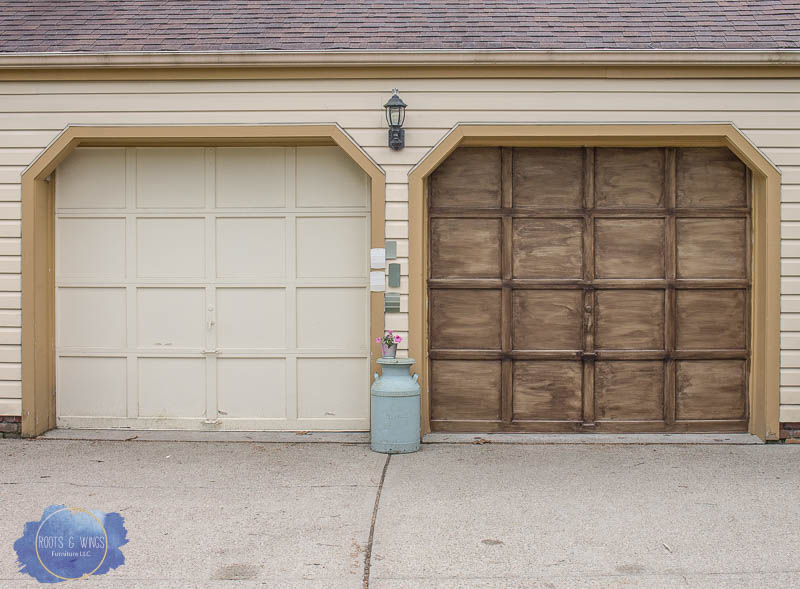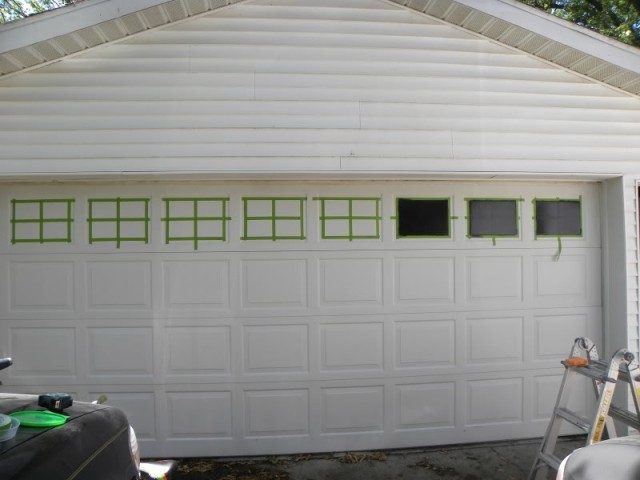
Many times, reconstructed houses are built to a higher standard that comparable new homes. The architect who built your home understands the building codes, natural light and aesthetics and can work with builders. It can be costly to hire an architectural firm so making sure you have the right insurance is important. This will make it easier to repurpose your house. The cost of hiring an architect is often included in your insurance premium so it's a worthwhile investment.
It's a good idea to take down the old house and make a new one if you intend on selling the rebuilt home in the near future. Some elements of your house may have a longer lifespan than others. However, other parts such as the roof and gutters have a similar lifespan. A new house may be less expensive than a renovated one if it is already constructed. However, the cost will still be higher than buying a complete new one. If you intend to stay in your home for many years, a great option is rebuilding.

A reconstructed house will be worth at least double the original cost and will earn you a 100% return on your investment. Rebuilt homes are a great choice for wealth-holders. More than 80,000 households in America have a net worth exceeding $30 million. The whole project will be covered by the reconstructed house. You'll be spending most of your time with this person, so choosing wisely is critical.
To rebuild a house, you need to be familiar with the local zoning laws. Knowing about local zoning laws is important as they will determine the type of building allowed in your area. These regulations can have an impact on the type and size of the new house as well as the cost of renovation. It is crucial to adhere to all regulations in your locality before you build a new house.
There are many different reasons to rebuild a house. If you want to keep certain features, it might be necessary to renovate the house. If you are unsure, you have the option to buy a brand new home and re-build. How much you are willing to spend on remodeling your house will determine the cost. You can't make any improvements to your house if you don't have the money.

If you're on a budget, you should consider remodeling instead of rebuilding. A rebuild project is more expensive than a new home, and it requires a mortgage against the value of the old building. Your application may not be accepted by high street banks, but it will be considered by building societies. If you're planning to rebuild, you should consult with a local bank or a friendly building society to find out how to finance the project. In addition to being more affordable, you should consider the fact that you're not sacrificing the aesthetics of your home.
FAQ
Can I rent a dumpster?
Yes, you can rent a dumpster to help you dispose of debris after completing your home renovation. Renting out a dumpster is an excellent way to keep your yard tidy and free from debris.
How many times do I need to change my furnace filter?
This depends on how often your family will use their home heating system. Consider changing your filter frequently if your family plans to leave the house during cold weather months. You may be able wait longer between filters changes if you don't often leave the house.
A furnace filter can last about three months. This means that your furnace filters should be changed every three to four months.
The manufacturer will also give you recommendations on when to change your filter. While some manufacturers recommend replacing your filter once per heating season, others recommend waiting until there is visible dirt buildup.
How much does it cost to renovate a house?
Renovations cost typically $5,000 to $50,000. Renovations typically cost homeowners between $10,000 and $20,000
Statistics
- It is advisable, however, to have a contingency of 10–20 per cent to allow for the unexpected expenses that can arise when renovating older homes. (realhomes.com)
- On jumbo loans of more than $636,150, you'll be able to borrow up to 80% of the home's completed value. (kiplinger.com)
- Rather, allot 10% to 15% for a contingency fund to pay for unexpected construction issues. (kiplinger.com)
- They'll usually lend up to 90% of your home's "as-completed" value, but no more than $424,100 in most locales or $636,150 in high-cost areas. (kiplinger.com)
- A final payment of, say, 5% to 10% will be due when the space is livable and usable (your contract probably will say "substantial completion"). (kiplinger.com)
External Links
How To
How can I plan a complete house remodel?
Research and careful planning are essential when planning a house remodel. Before you start your project, there are many factors to consider. First, you must decide what type of home improvement you want. You could choose from different categories such as kitchen, bathroom, bedroom, living room, etc. After you decide which category you want to work on, figure out how much you can afford to spend on the project. It's best to budget at least $5,000 per room if you don't have any experience working on homes. If you have some experience, then you might be able to get away with less than this amount.
After you have determined how much money you have available, you can decide how big of a project you would like to undertake. If your budget only allows for a small renovation of your kitchen, you will be unable to paint the walls, replace the flooring or install countertops. If you have the money to do a complete kitchen remodel, you will be able to handle almost anything.
Next, find a contractor who is skilled in the type and scope of work you wish to undertake. You will be able to get great results and avoid a lot more headaches down in the future. After finding a good contractor, you should start gathering materials and supplies. You may need to purchase everything from scratch depending on the size and scope of your project. You shouldn't have any trouble finding the right item in pre-made stores.
Once you've gathered the supplies needed, it's now time to start planning. To begin, draw a sketch of where you would like to place furniture or appliances. Then, you'll move onto designing the layout of the rooms. Make sure that you leave space for plumbing and electrical outlets. Also, try to put the most used areas near the front door so that visitors can easily access them. The final step in your design is to choose colors and finishes. You can save money by using neutral colors and simple designs.
Now that you're finished drawing up your plan, it's finally time to start building! Before you begin any construction, make sure to verify your local codes. Some cities require permits while others allow homeowners to build without one. You will need to first remove all walls and floors that are not required for construction. The next step is to lay plywood sheets on your new flooring. Next, nail or screw pieces of wood together to form the frame that will house your cabinets. Lastly, you'll attach doors and windows to the frame.
After you're done, there are still a few things you need to do. For example, you'll probably want to cover exposed pipes and wires. This can be done with plastic sheeting and tape. Mirrors and pictures can also be hung. You should always keep your work area clean.
These steps will help you create a functional, beautiful home that is both functional and attractive. Now that you are familiar with how to plan a whole home remodel project, it is time to get started.